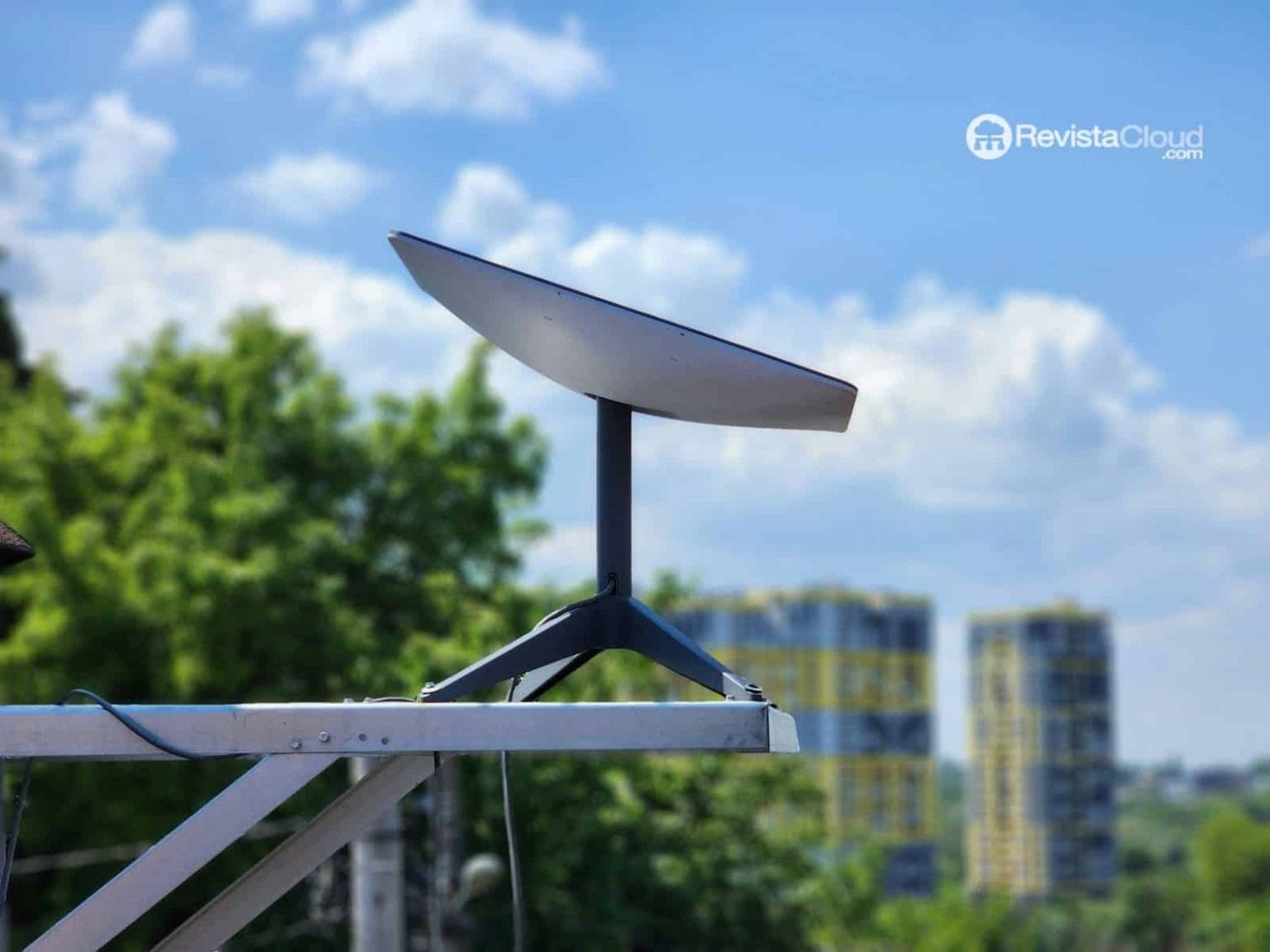Apple, Samsung, Google, and Motorola are leading the list of devices compatible with the next-generation internet developed by T-Mobile and SpaceX.
In a move that could transform global internet access, T-Mobile and Starlink, the satellite connectivity division of SpaceX, will begin a testing phase on July 15, 2025, for their ambitious project to bring internet to remote, rural, and hard-to-reach areas. The key innovation: no towers, antennas, or ground wiring will be needed. All that’s required is a compatible phone.
This strategic step aims to close the digital divide that still affects millions worldwide, especially in countries with large geographic areas and low population density. The initiative not only benefits T-Mobile users but also includes customers of Verizon, AT&T, and other carriers interested in adopting this new connectivity method.
List of mobile devices compatible with Starlink satellite internet
A core aspect of the project is compatibility with conventional smartphones, provided they support satellite connectivity and have updated operating systems. No specialized devices or external antennas are necessary.
Here is the official list of smartphones compatible at the start of testing:
Apple
- iPhone 14
- iPhone 15
- iPhone 16
Motorola
- Razr (2024)
- Razr Plus (2024)
- Moto Edge
- Moto G Power 5G (2024)
Samsung
- Galaxy A14 to A54
- Galaxy S21 to S25
- Galaxy Z Flip 3 to Z Flip 6
Manufacturers have indicated that this list will expand gradually as they integrate the necessary protocols for satellite network compatibility directly into their devices.
How will this new connectivity work?
Thanks to Starlink’s low Earth orbit satellite constellation, the service promises low latency and speeds comparable to terrestrial broadband. This infrastructure allows direct coverage even in rural areas, mountain regions, jungles, or regions with limited or no ground infrastructure.
Unlike traditional satellite internet, which suffered from high latency and high costs, next-generation solutions like Starlink have significantly reduced these issues. This opens up everyday use not only in remote places but also as a contingency plan during emergencies or for travelers who need to stay connected at all times.
A social impact beyond technology
Deploying satellite internet is more than a technical achievement; it’s an inclusivity tool. In countries like Brazil, where large Amazonian regions still lack access, Starlink has already deployed thousands of terminals, providing connectivity to previously isolated communities.
Access to reliable internet in rural areas enables online education, telemedicine, digital government services, and even entrepreneurship from anywhere. According to the World Bank, a 10% increase in internet penetration can boost a developing country’s GDP by up to 1.5%, highlighting its role as an engine of progress.
The future of connectivity is already underway
While challenges remain—such as service pricing, device availability, and regulatory agreements—the partnership between T-Mobile and Starlink signals a paradigm shift. Internet could cease to be a luxury for cities and become a universal digital right.
As more carriers and manufacturers join, the vision of a truly global and accessible network grows clearer. In this future, satellites will play a role as common as mobile antennas do today.

